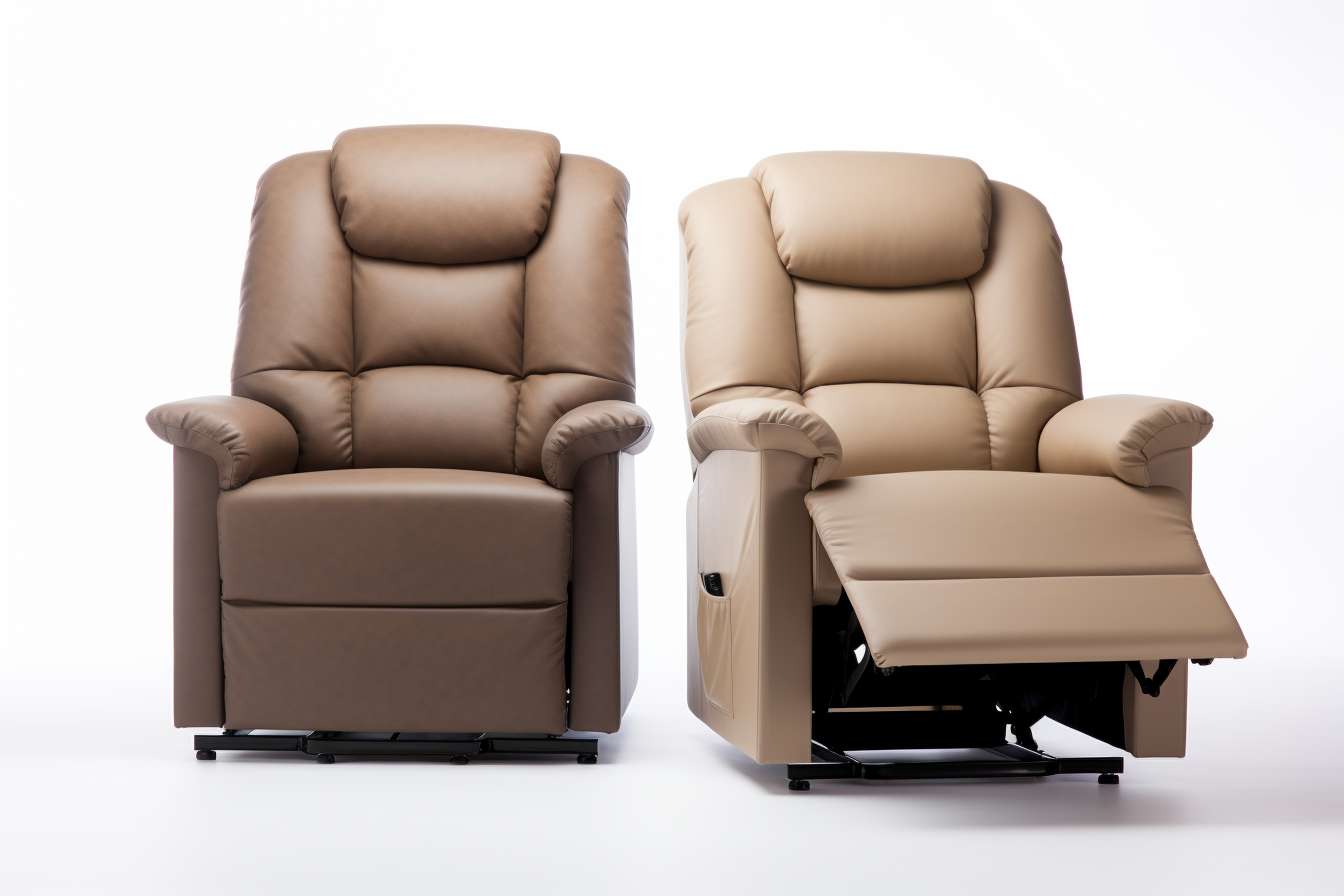Choosing Recliner Chairs for Living Room Comfort
A recliner chair can change how you use your living room, offering a dedicated place for rest, reading, or watching TV. These pieces of furniture come in many styles, sizes, and mechanisms, so understanding what matters—support, upholstery, size, and ergonomics—helps you match a recliner to your space and habits. This article explains common recliner types, selection criteria, material considerations, styling tips, and features that affect long-term comfort, helping you make a practical, informed choice for your home.

What defines a recliner?
A recliner is a chair with an adjustable backrest and often a footrest that extends, giving the sitter several positions between upright and fully reclined. Mechanisms range from manual pull-lever systems to electric motors and lift-assist functions. The frame, typically made from hardwood or metal, supports these moving parts and determines durability. When evaluating designs, note the range of motion, available locking positions, and how the mechanism affects the chair’s footprint—important for placement in smaller living room layouts.
How to choose the right chair?
Selecting the right chair involves matching size, support, and function to your daily routines. Measure the intended spot in the living room and allow clearance for reclining. Consider seat height and depth relative to your height for proper leg support and lumbar alignment. If multiple people will use the same recliner, look for wide seats and sturdy armrests. Think about access and controls—manual levers are simple and reliable, while powered controls offer finer adjustments, which can be useful for people with limited mobility.
Materials and furniture construction
Upholstery options influence comfort, maintenance, and appearance. Leather and faux leather are durable and wipe-clean but can feel warm; woven fabrics feel softer and breathe better but may need more upkeep. Inside, high-density foam, pocketed coils, and layered batting affect firmness and recovery. Pay attention to frame construction: kiln-dried hardwood and reinforced joints generally outlast cheaper particleboard or light metals. Removable covers and modular cushions can extend the life of the furniture by simplifying repairs and cleaning.
Styling for the living room
A recliner no longer has to clash with contemporary living room decor. Available styles include streamlined contemporary designs, classic club shapes, and transitional pieces that bridge styles. Consider color and texture to integrate the recliner with sofas and rugs; neutral tones offer flexibility, while patterned or colored fabric can make the chair a focal point. Scale matters—oversized recliners can dominate a small room, so balance is important. Placement near a side table or lamp supports multifaceted use without disrupting traffic flow.
Features that affect comfort
Comfort depends on a combination of ergonomics, padding, and adjustability. Lumbar support—integrated or adjustable—reduces strain during longer sitting sessions. Headrests with tilt or adjustable neck support help when reading or watching screens. Footrests should support the calves without creating pressure points behind the knees. Additional features such as swivel bases, rocking action, heat, and massage add layers of comfort but also change maintenance needs and power requirements. Test different models in person when possible to evaluate how padding compresses under your body weight over time.
Maintenance and practical considerations
Long-term satisfaction with a recliner also depends on upkeep and practical details. Regularly inspect moving parts and lubricate hinges if recommended by the manufacturer. Vacuum fabric upholstery and treat spills promptly; leather benefits from periodic conditioning. For electric recliners, check cord condition and ensure power access fits the intended location. Consider delivery and installation constraints—some models require assembly or have weight limits for room entry. If mobility support is a concern, models with lift-assist mechanisms can make standing easier but often require a nearby power source.
Conclusion
Recliner chairs combine mechanical design, upholstery choices, and ergonomics to provide functional furniture that supports relaxation in the living room. By considering dimensions, materials, support features, and maintenance needs, you can select a recliner that suits your space and habits while offering lasting comfort. Evaluating models in person and matching features to how you use your living room helps ensure the chair becomes a practical and comfortable addition to your home.






